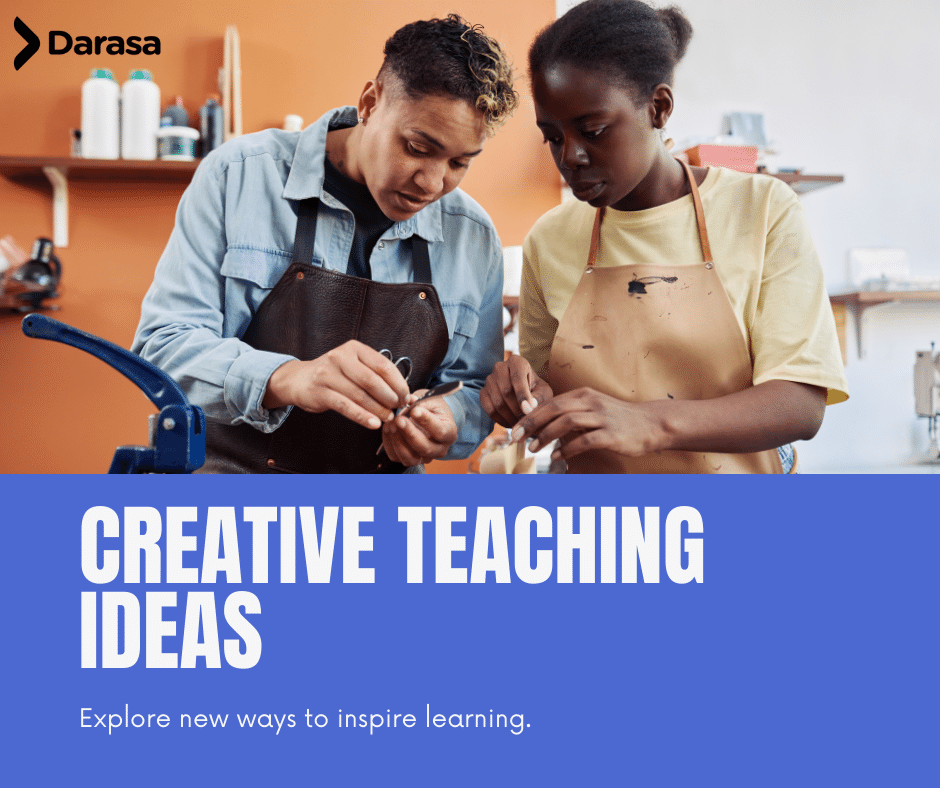
Creative Teaching Ideas for All Subjects
In the ever-evolving landscape of education, creativity in teaching has become a cornerstone for fostering student engagement and learning across all subjects. The traditional model of lectures and rote memorization is giving way to innovative approaches that encourage critical thinking, problem-solving, and a love for learning. Here are some creative teaching ideas that educators can apply to various subjects to invigorate their classrooms.
- Gamification: Incorporating game elements into lessons can significantly boost engagement. For subjects like math, teachers can create point systems for correct answers or progress. History can be taught through role-playing games where students act out historical events. Science classes can benefit from interactive simulations that gamify complex concepts.
- Collaborative Projects: Encouraging students to work together on projects not only builds teamwork skills but also allows for the exchange of ideas. In English classes, students could collaborate on a shared story or play. Art classes can work on group murals, and technology classes can build a shared website or app.
- Technology Integration: Utilizing technology, teachers can create multimedia presentations or incorporate apps and websites that offer interactive exercises. For instance, language teachers can use apps that allow students to practice with native speakers, while geography teachers can use virtual reality to explore different parts of the world.
- Inquiry-Based Learning: This approach involves posing questions, problems, or scenarios, rather than simply presenting established facts. In science, students can conduct experiments to understand a concept. In math, they can solve real-world problems that require them to apply mathematical principles.
- Flipped Classrooms: In a flipped classroom, students review the material at home and engage in hands-on activities in class. This can be particularly effective in subjects like chemistry, where students can watch demonstrations at home and then conduct experiments in the classroom.
- Integrating Arts: Arts integration can enhance understanding in subjects like math and science. For example, music’s rhythm can help teach mathematical patterns and sequences, while drawing can help students visualize and understand scientific processes.
- Outdoor Learning: Taking the classroom outside can offer fresh perspectives, especially for subjects like environmental science, biology, and physical education. Observing nature and participating in outdoor activities can make learning more tangible and memorable.
- Socratic Seminars: This method involves creating a dialogue based on asking and answering questions to stimulate critical thinking. It can be used effectively in social studies and literature classes to explore complex themes and ideas.
- Personalized Learning: Tailoring education to individual student needs and interests can make learning more relevant and engaging. This can involve allowing students to choose topics for research projects or offering different paths for learning a concept.
- Cross-Curricular Connections: Making connections between subjects can help students understand how concepts interrelate. For example, a project might combine science and social studies by exploring the impact of scientific discoveries on society.
By implementing these creative teaching ideas, educators can create a dynamic and stimulating learning environment that caters to the diverse needs of their students. The goal is to prepare students not just for tests, but for the challenges of the real world, fostering a lifelong passion for discovery and growth.
